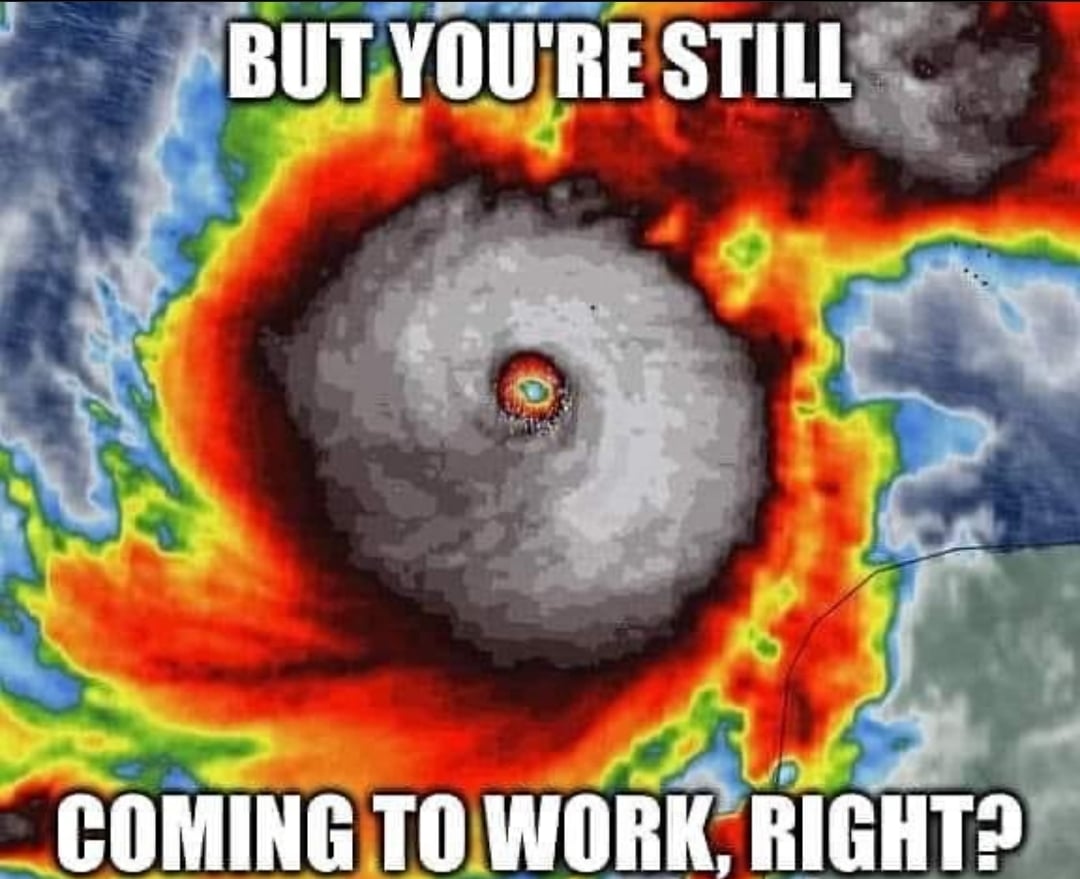this post was submitted on 09 Oct 2024
3 points (100.0% liked)
memes
10095 readers
1760 users here now
Community rules
1. Be civil
No trolling, bigotry or other insulting / annoying behaviour
2. No politics
This is non-politics community. For political memes please go to [email protected]
3. No recent reposts
Check for reposts when posting a meme, you can only repost after 1 month
4. No bots
No bots without the express approval of the mods or the admins
5. No Spam/Ads
No advertisements or spam. This is an instance rule and the only way to live.
Sister communities
- [email protected] : Star Trek memes, chat and shitposts
- [email protected] : Lemmy Shitposts, anything and everything goes.
- [email protected] : Linux themed memes
- [email protected] : for those who love comic stories.
founded 1 year ago
MODERATORS
you are viewing a single comment's thread
view the rest of the comments
view the rest of the comments

Not an expert here, but given the differences in measurement scales, I suspect there is a difference in intensity.
If my reading of this Hong Kong Observatory reference is correct, a no 8 is classified as wind speeds between 63-117 km/h.
When we talk about hurricane strength, we're using this scale. Unless they are measuring different metrics, a no 8 is the equivalent of a tropical storm. Which is to say, we don't even rate that as hurricane strength.
Helene hit land at around 220 km/h (Cat 4). Milton reached speeds of 260km/h (Cat 5), but might weaken to 190-200km/h (Cat 3) by the time it reaches land.
No. 8 is just one of the signals. There are also no. 9 and no. 10. These signal are used based on the wind speed at HK instead of the storm itself.
For the actual strength of the typhoon, we just call them differently: https://www.hko.gov.hk/en/informtc/class.htm
Although I'd admit the current hurricane is actually stronger than a lot of typhoons: https://www.hko.gov.hk/en/informtc/historical_tc/metinfo_wind.htm